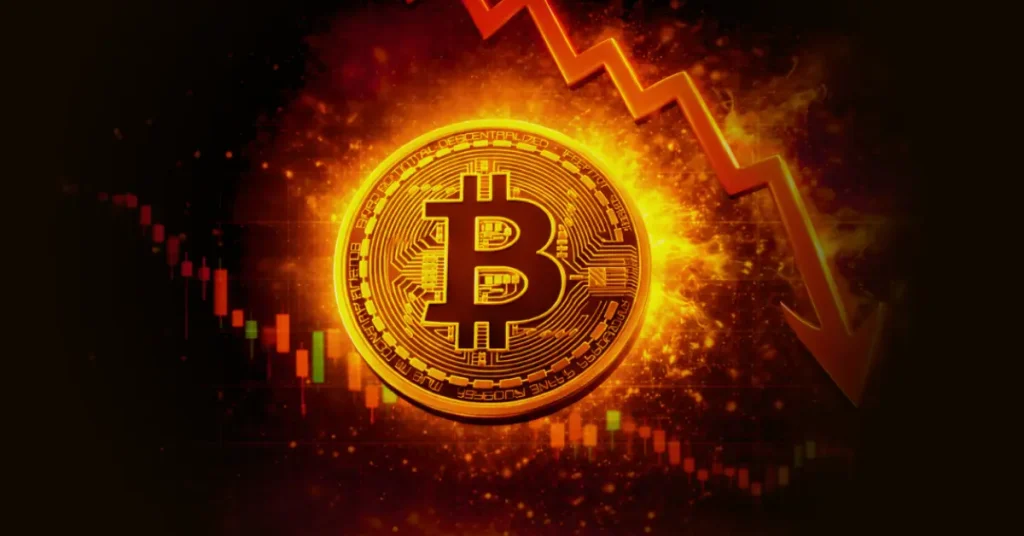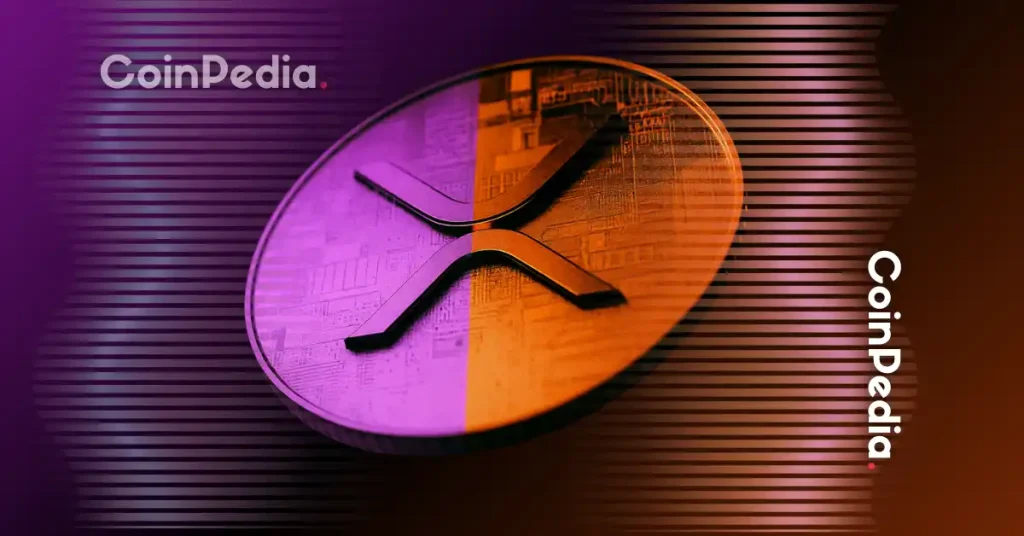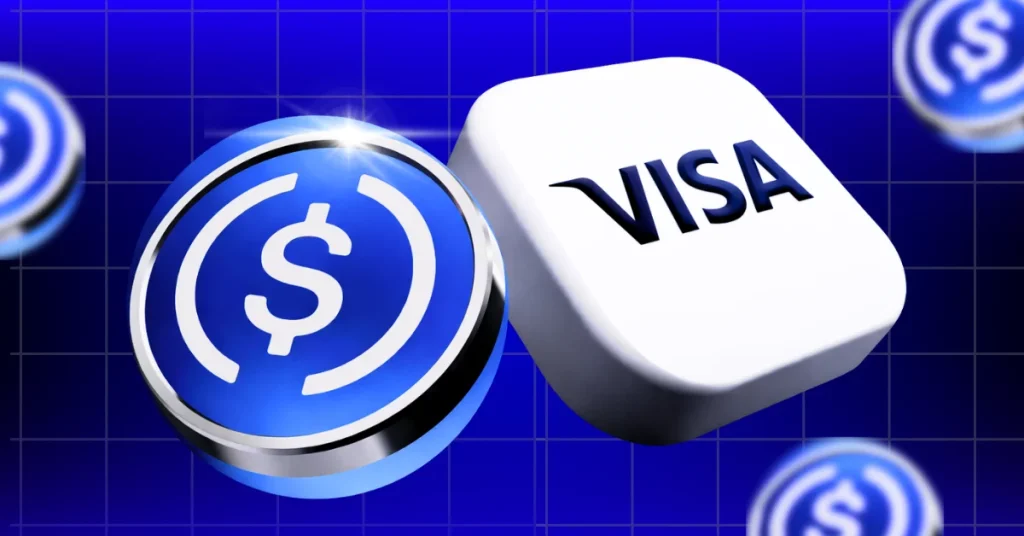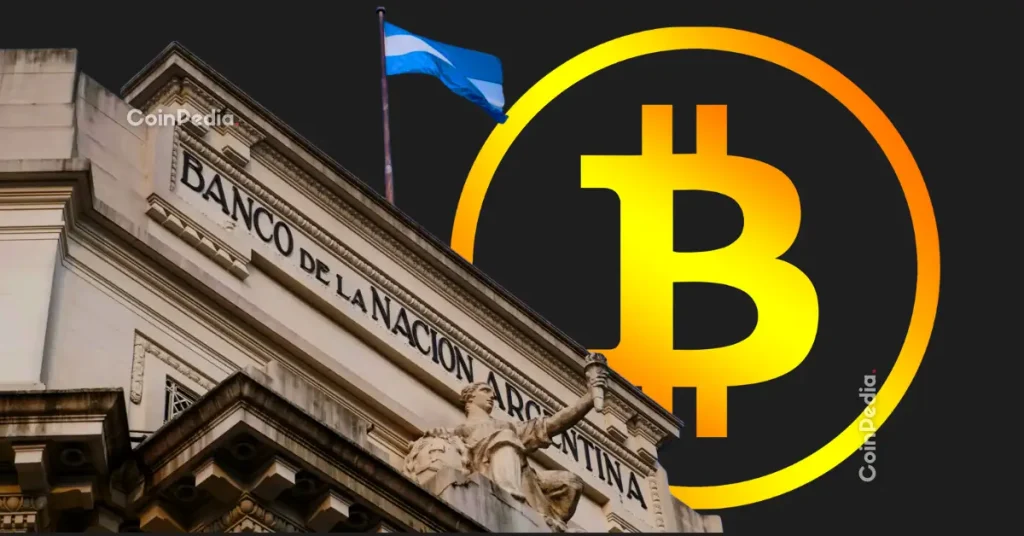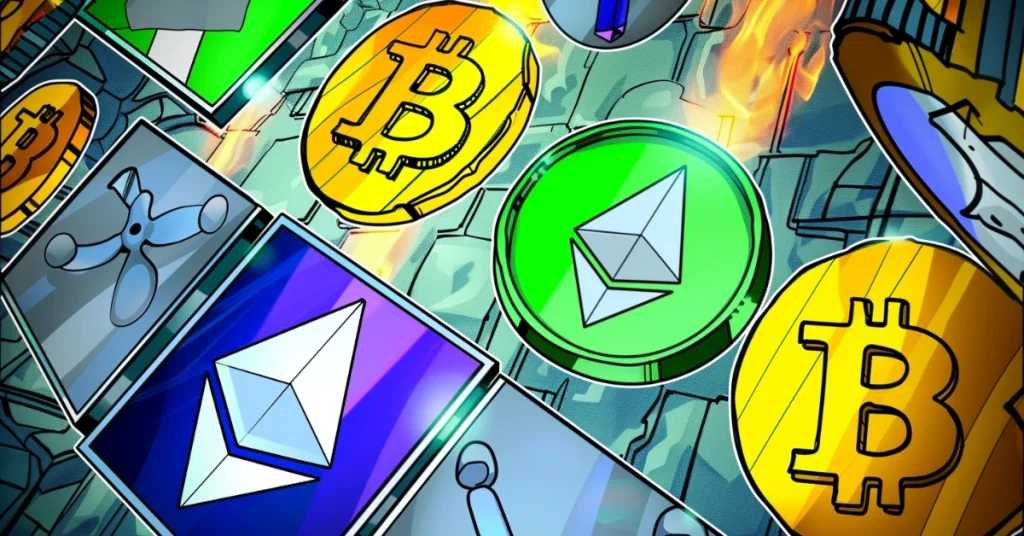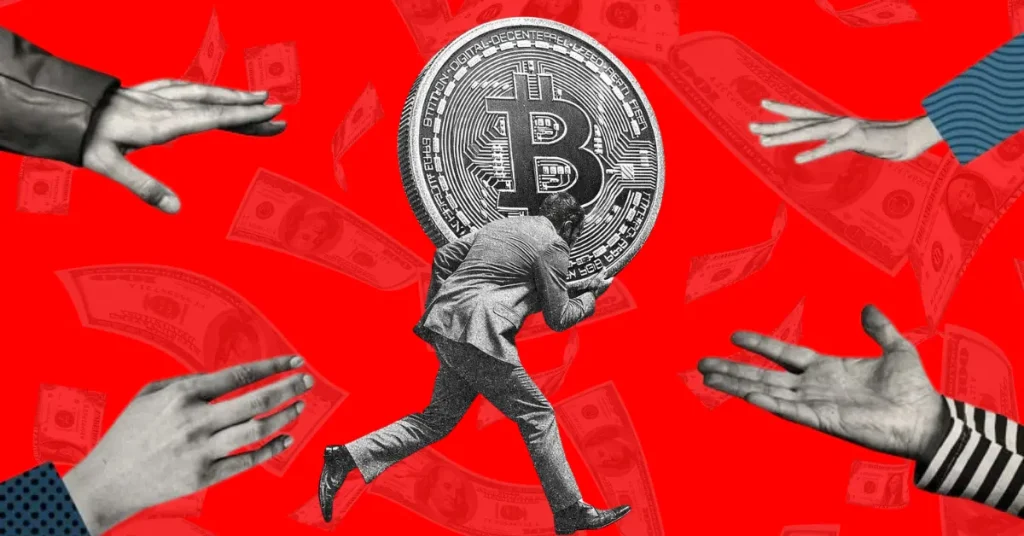Owning cryptocurrency is a dangerous game. There are countless ways you can lose your money, from attacks to misplacing your credentials, to market up and downswings. And most of the time when these things happen, your funds are completely unrecoverable. In such cases, whether the btc price goes up or down, an owner won’t get anything from it, not anymore.
Here are 5 tips and tricks to follow to keep your funds safe. Follow them and you’ll have a significantly better chance of keeping all of your savings and growing your portfolio for years to come.
1. Keep everything up to date
Things move quickly in cryptocurrency. Platforms change, apps get updated, attackers get smarter. You need to keep everything up-to-date to stay safe from the main threats.
First of all, this means you need to keep all the apps that you use updated with the latest security patches. You also need to keep your passwords and private keys current and updated regularly. You shouldn’t have old passwords hanging around leaving your funds vulnerable.
You also want to ensure you’re using exchanges and platforms that have cutting edge technology and security practices. Just the fact that a company was great a few years ago, doesn’t mean it is now.
These tips require your knowledge, too. Threats evolve quickly so you need to stay on top of best security practices and what types of threats to be aware of.
2. Use 2-Factor Authentication
2-factor authentication (2FA) is a security must-have when using crypto. It basically involves using more than just a password to log into an account or to perform certain actions like moving funds. 2FA might require you to receive a text message with a code, or possibly click a link in an email. It’s a small step you need to complete each time you log in, but it’s well worth it in terms of security returns.
Most exchanges and cryptocurrency platforms offer 2FA these days. If it’s an option, you should sign up and get set up as soon as possible. It may seem like overkill, or you may feel like you don’t need it, but you do. Once your account is hacked and your money is gone, there is nothing you can do. You’ll thank yourself later.
If you’re thinking about using an exchange, platform, or other application that handles your funds but doesn’t have 2-factor authentication, you should reconsider. It’s standard practice in all of the finance industry these days for a very good reason.
3. Don’t leave all your funds on one exchange
This is a big no-no when trading cryptocurrencies on exchanges. It is very easy just to leave your funds piled up on your chosen Bitcoin exchange, but it can have devastating consequences.
There are countless stories of unwitting traders who lost thousands, even millions of dollars worth of Bitcoin. The truth is that it’s impossible for exchanges to keep your funds fully secure on their servers. Many exchanges have large sums of money stored in their hot wallets. The incentive for hackers to figure out inventive ways to steal it is just too great. Even if an exchange claims to have insurance for funds, it can take time to retrieve your funds back.
The way to avoid this danger is to keep only what you’re actively trading on your account. Spread the rest out among other storage options. You can keep it across different exchanges, in your own cryptocurrency wallet, or best of all, in your own cold storage wallet.
4. Use cold storage
Cold storage is the cryptocurrency version of an underground bank vault with a giant metal door. It’s almost impossible to penetrate if you use it right. At least, it’s much more difficult, so attackers won’t be interested in going after it.
The term “cold” has nothing to do with temperature. It means that it’s not connected to the internet. Cold storage requires you to have a physical device such as a USB stick or hard drive that you upload your cryptocurrency funds to. You then disconnect the device from the internet, so it’s impossible for attackers to reach your money remotely.
This kind of storage is significantly safer than a hot one, or regular cryptocurrency wallets. That being said, don’t lose the private keys, or you will be locked out, just like you’d be locked out of your bank vault if you lost the combination. You’ll have a tough time getting back in.
There are plenty of cold storage options available for you, and lots of resources and reviews online to help you choose the best one. Just make sure you buy directly from the manufacturer, to ensure your cold storage device isn’t infected with malware before you even start using it! Yes, that is a real problem.
5. Diversify your portfolio
There are other threats to your funds beyond just losing them. The most dangerous is losing your money to market crashes and collapsing cryptocurrencies. You might still have all of your cryptocurrency in your wallet, but now it’s lost all of its value.
The way to protect against this is to make sure you don’t keep all of your funds in one token. It can be tempting to go all-in on your favorite coin, but it’s always a bad idea. Keep your funds distributed among different cryptocurrencies and tokens. For example, you might keep 40% of your portfolio in Bitcoin, 20% in Ethereum, 10% in XRP, and the remaining 30% of your cryptocurrency portfolio among other cryptocurrency assets you believe are a great investment.
You should also diversify beyond just cryptocurrency. The entire cryptocurrency market can shoot up or crash down together, so you need to hedge against that, too. You can keep some of your funds in more traditional investments such as cash, gold, stocks, and bonds.
Keeping your cryptocurrency funds safe is no easy task. It requires constant diligence and the use of many different best practices. But, follow these 5 tips and tricks and you’ll be safe from the core dangers lurking in the cryptocurrency market.
By Julia Beyers
